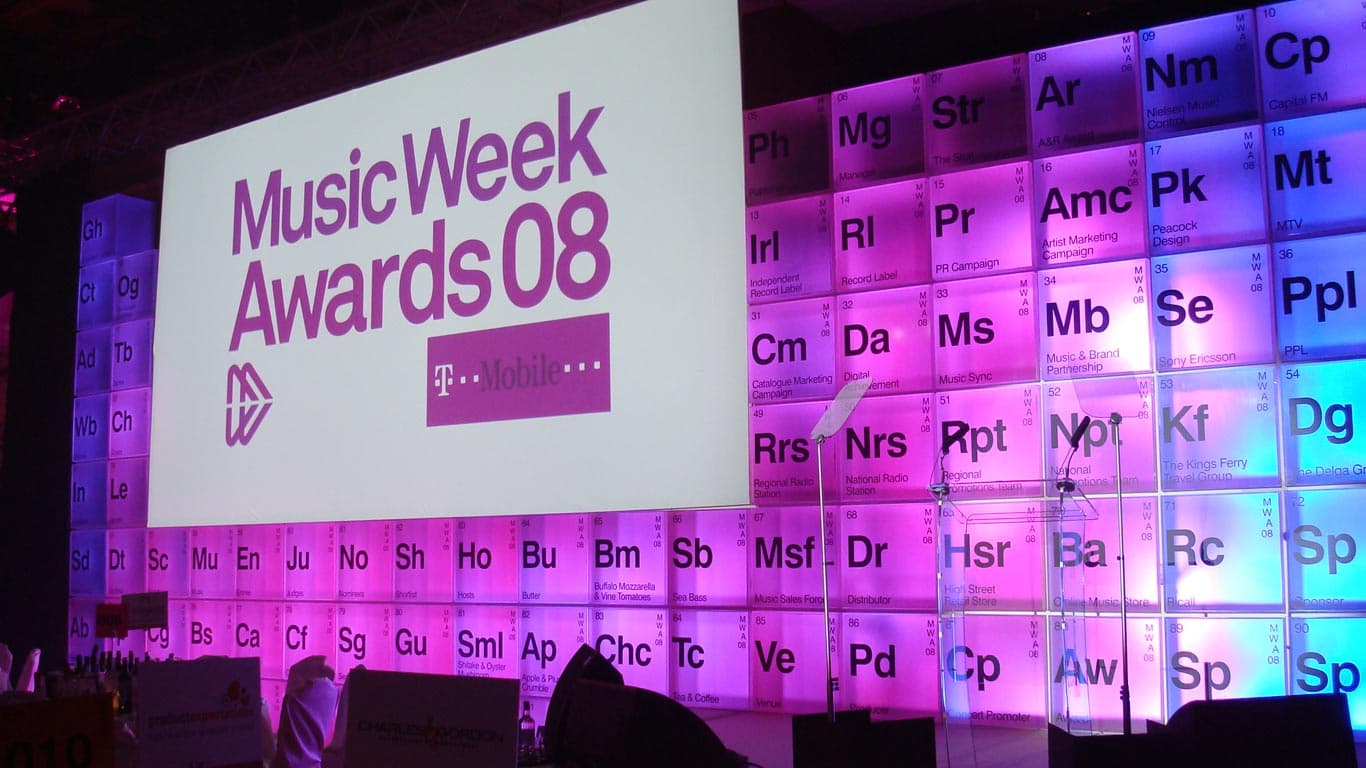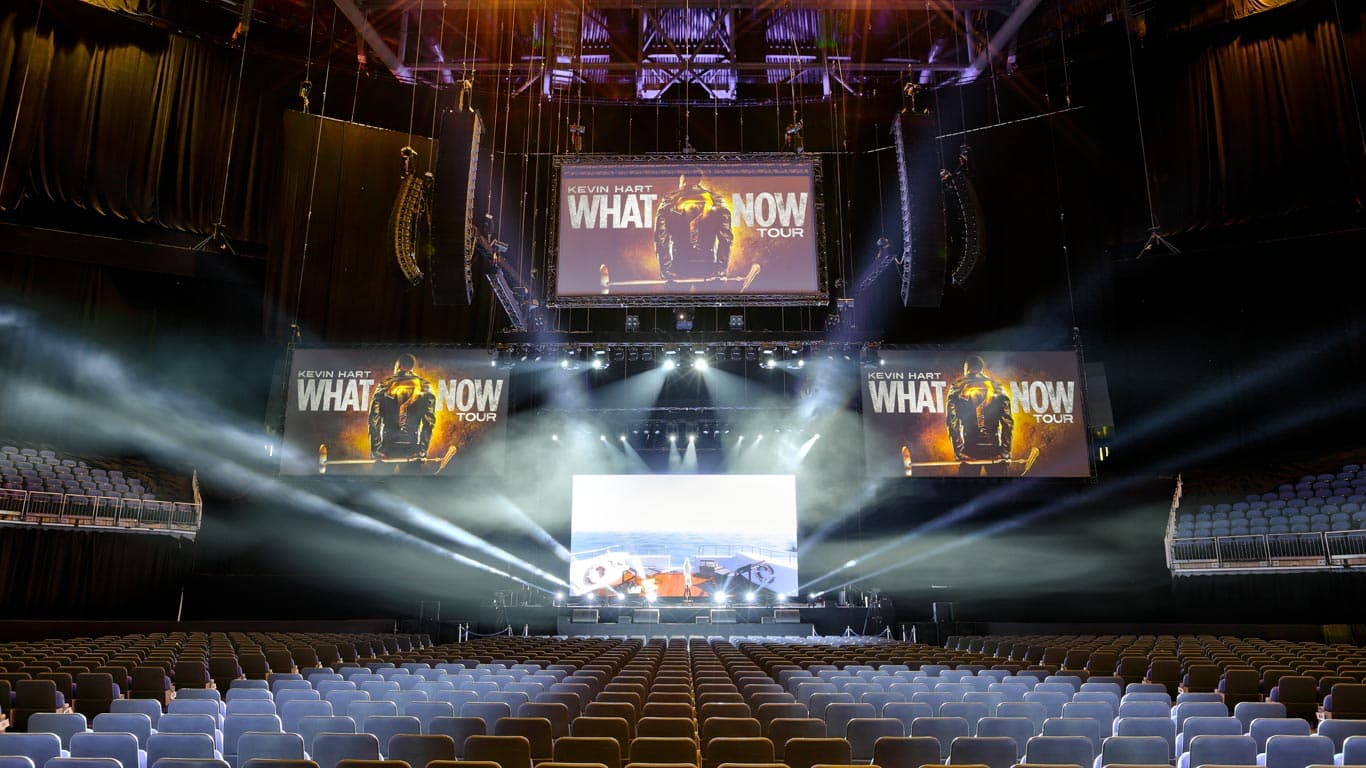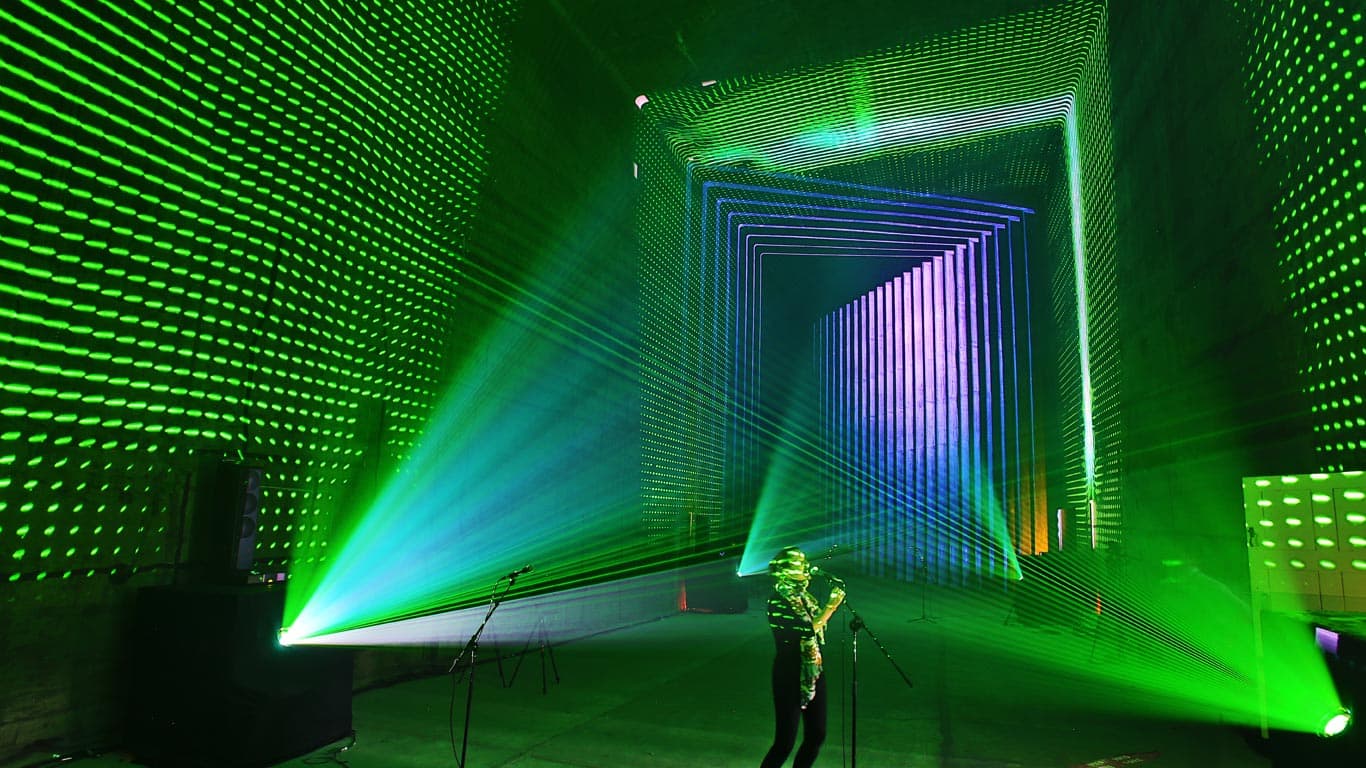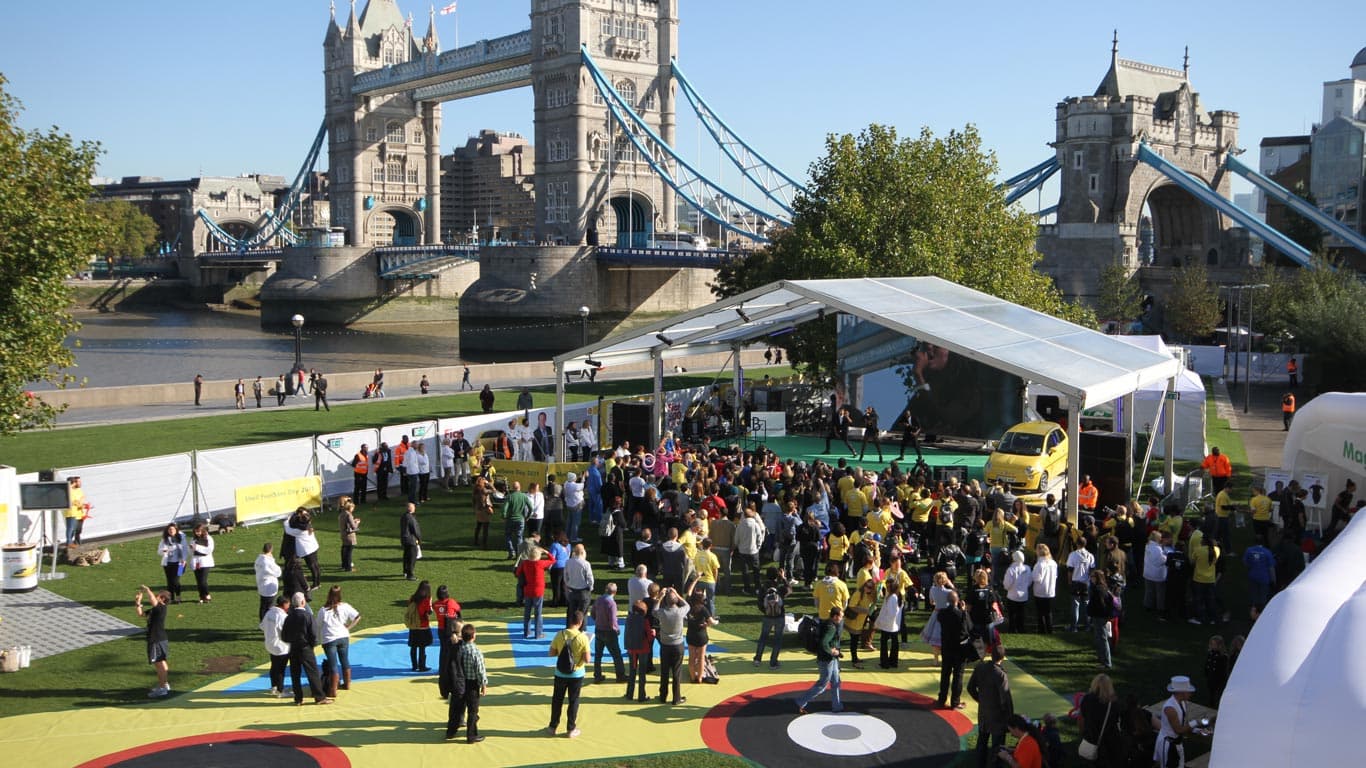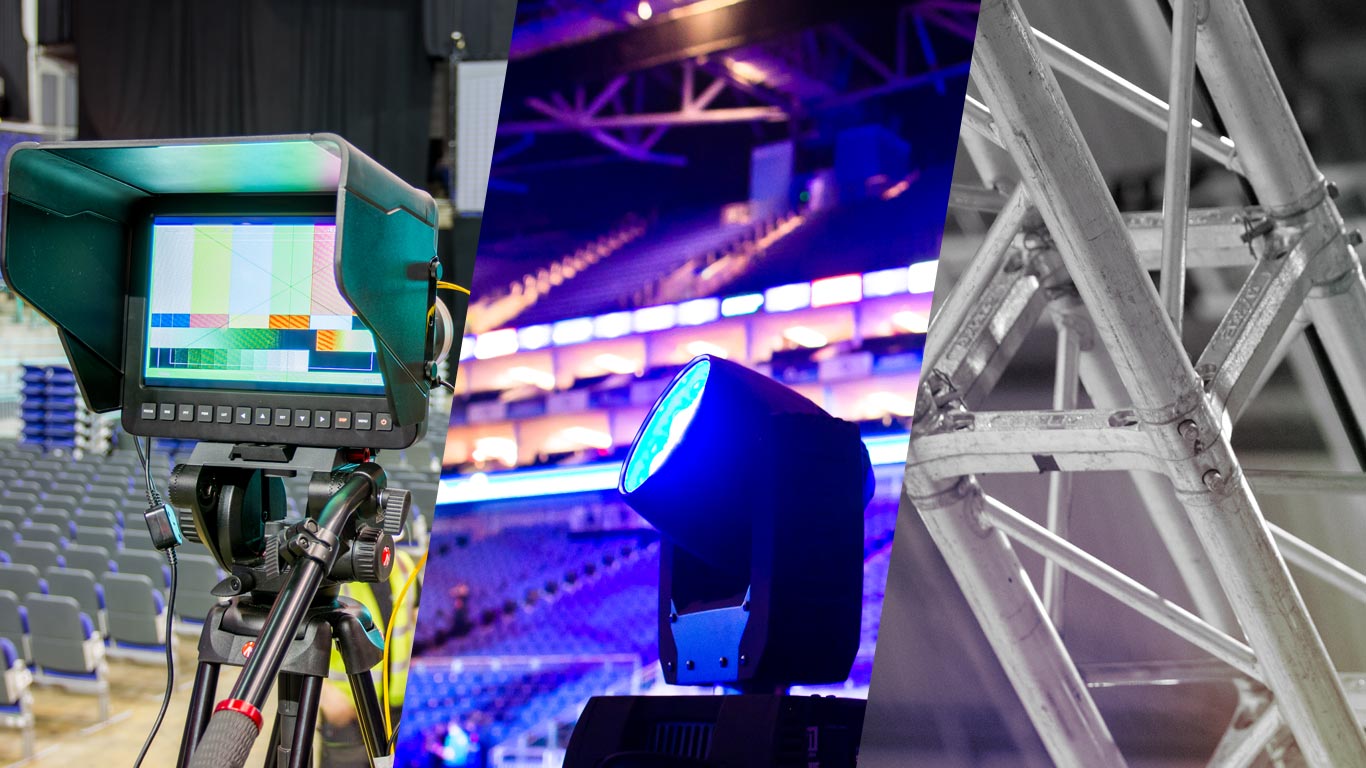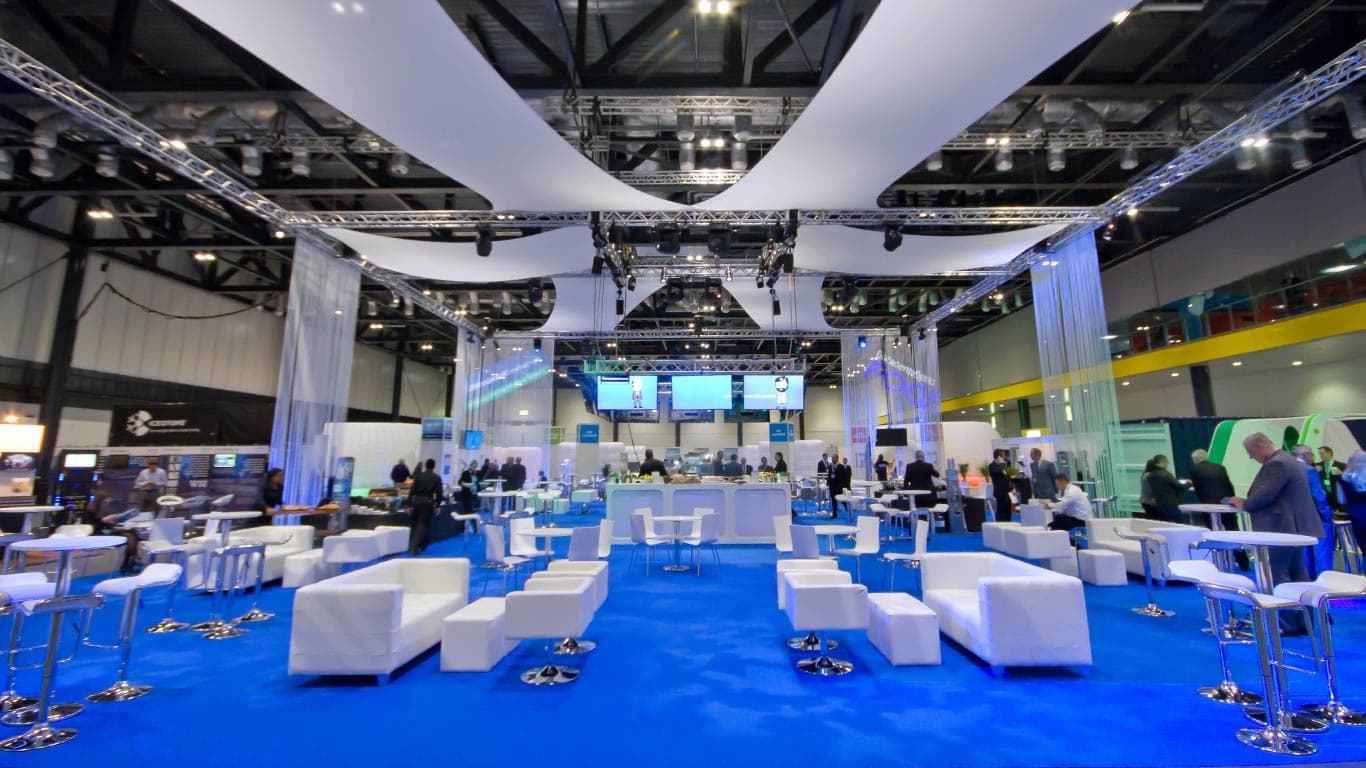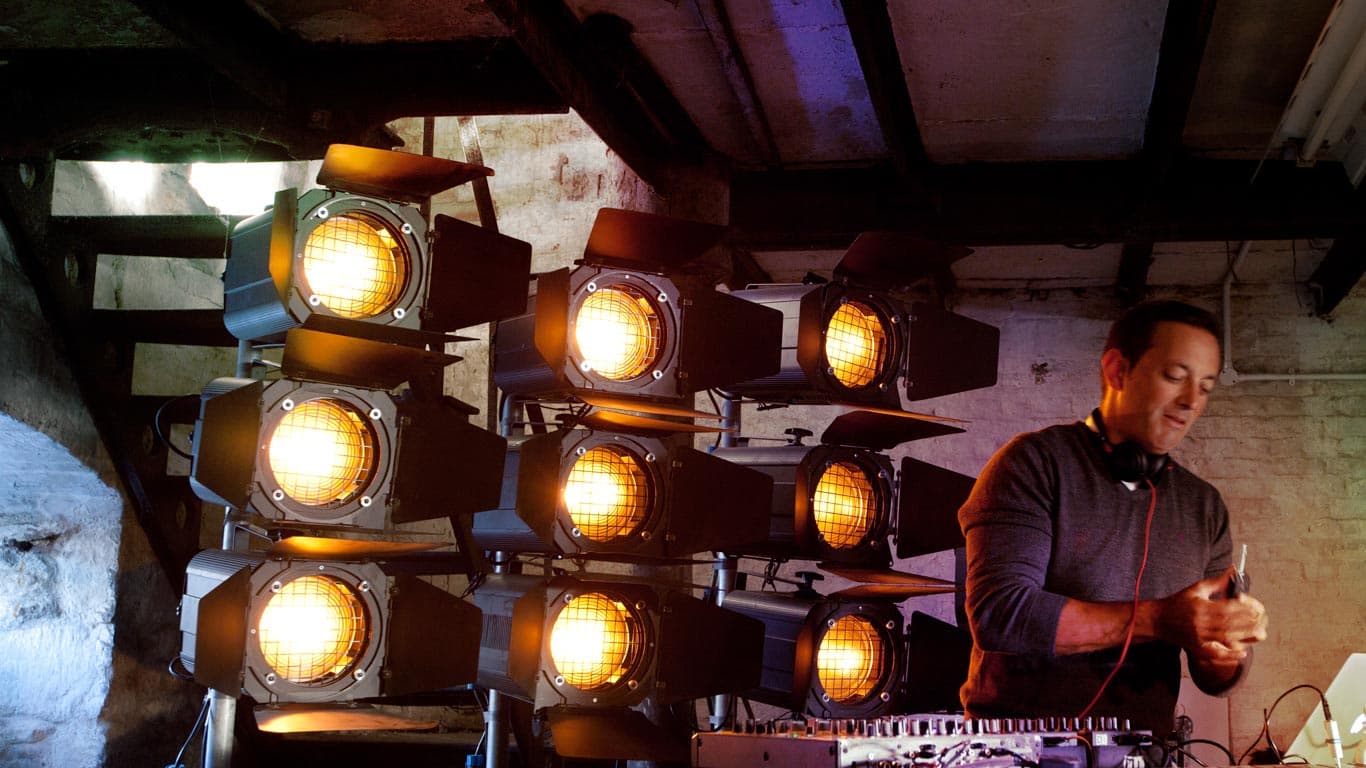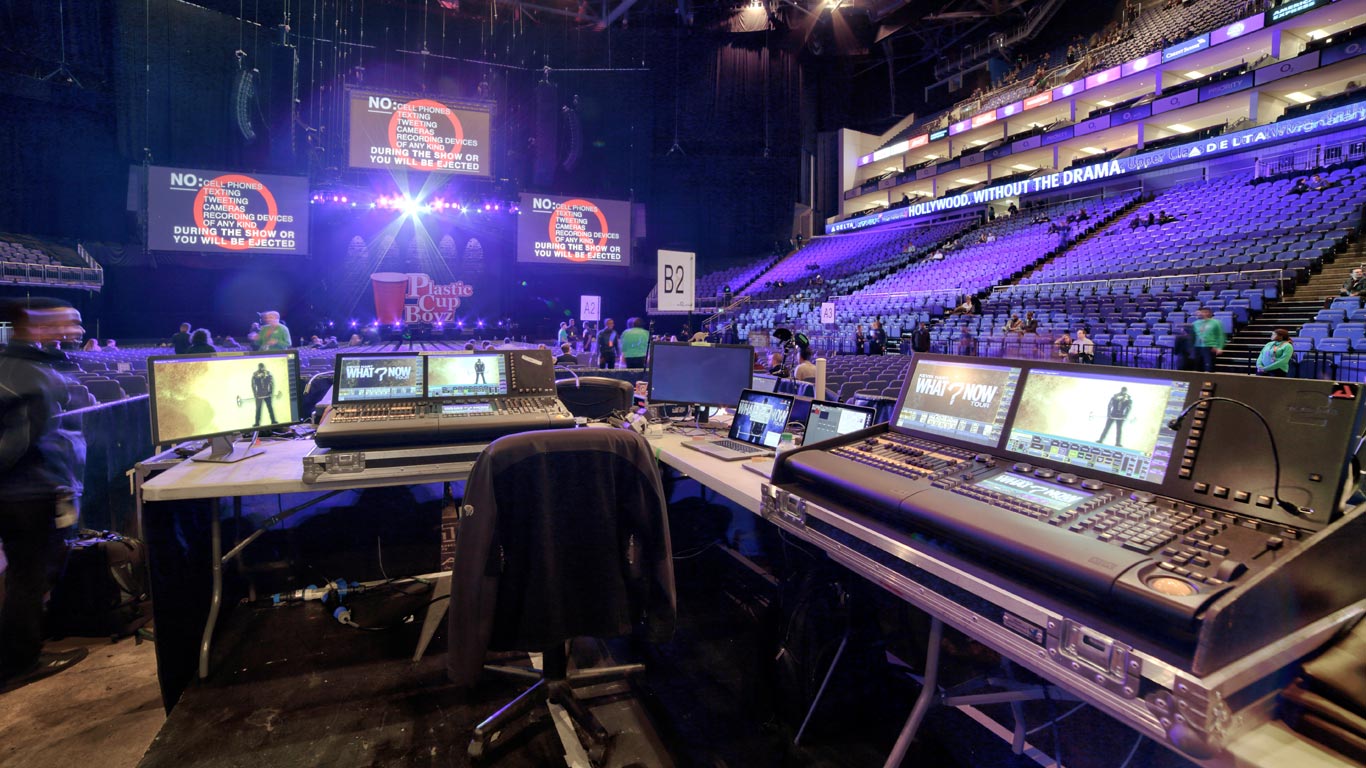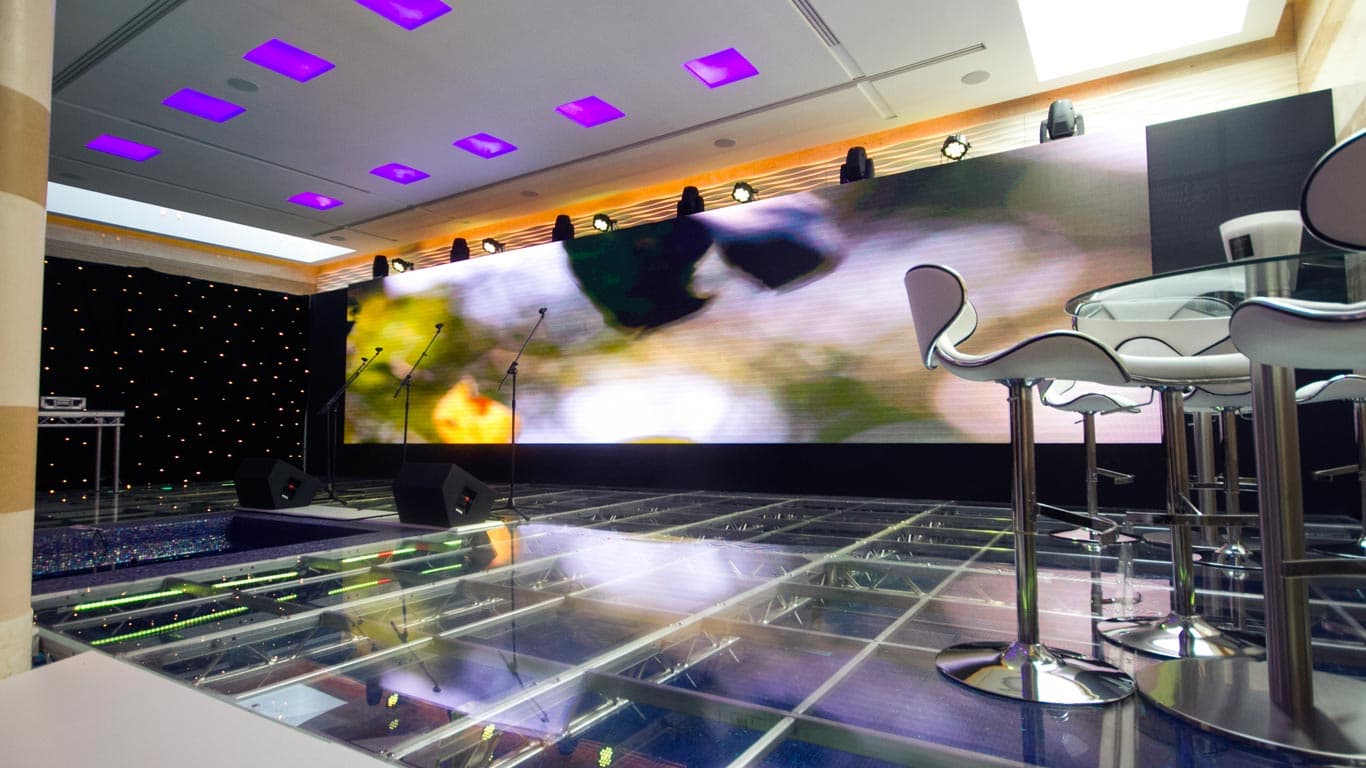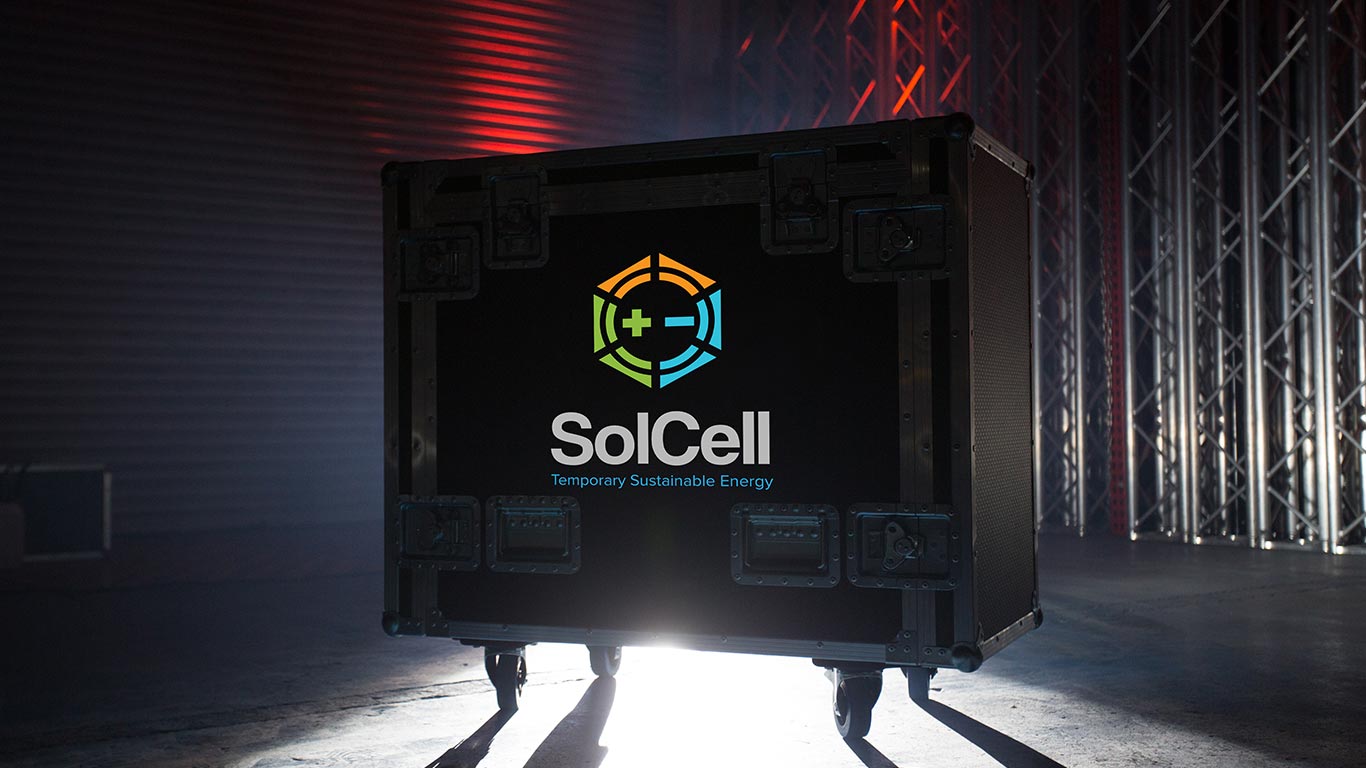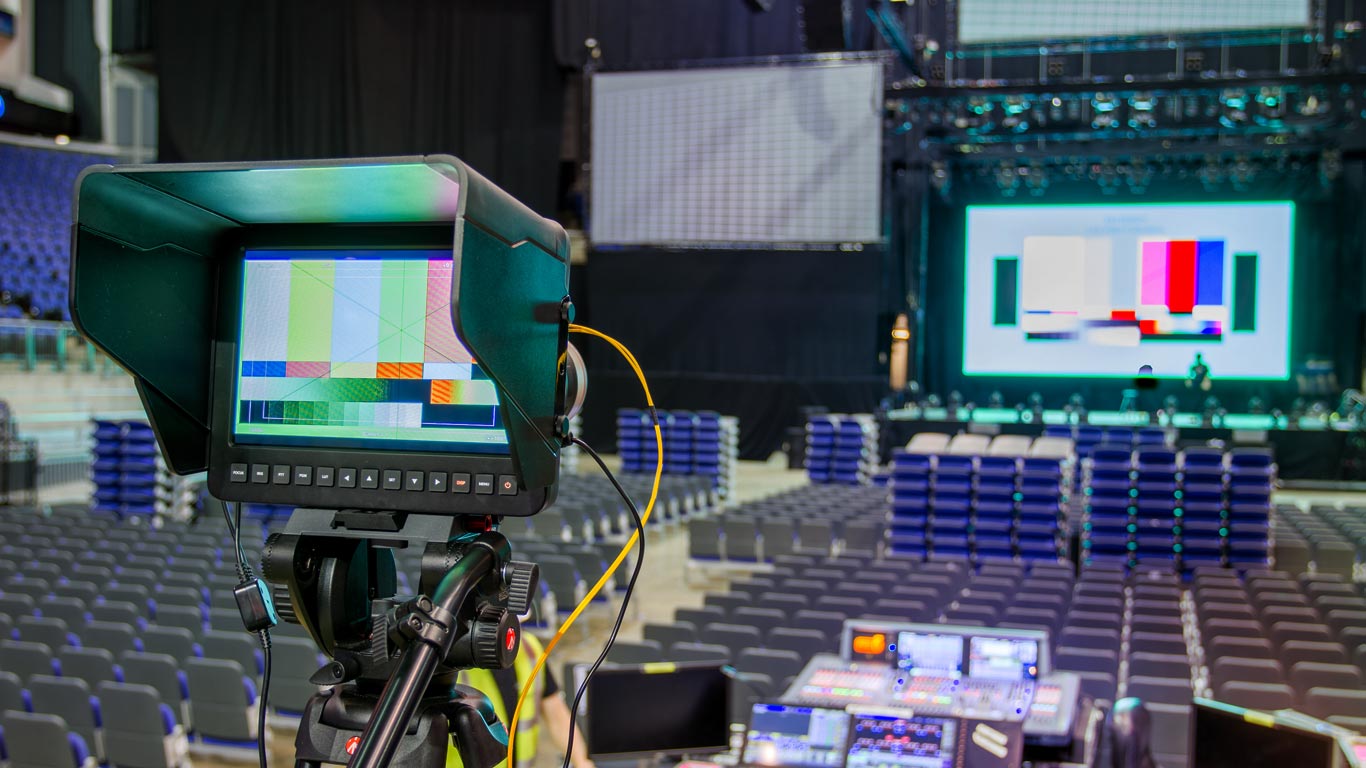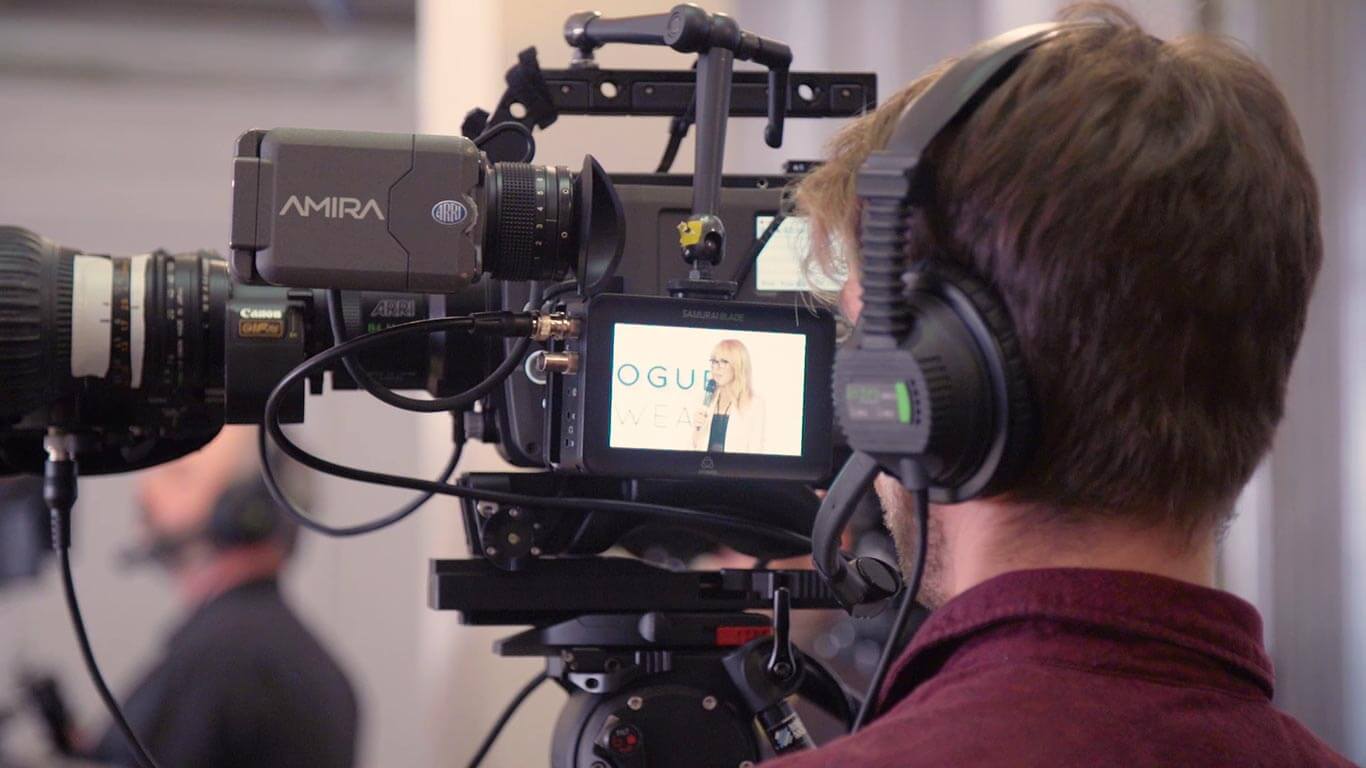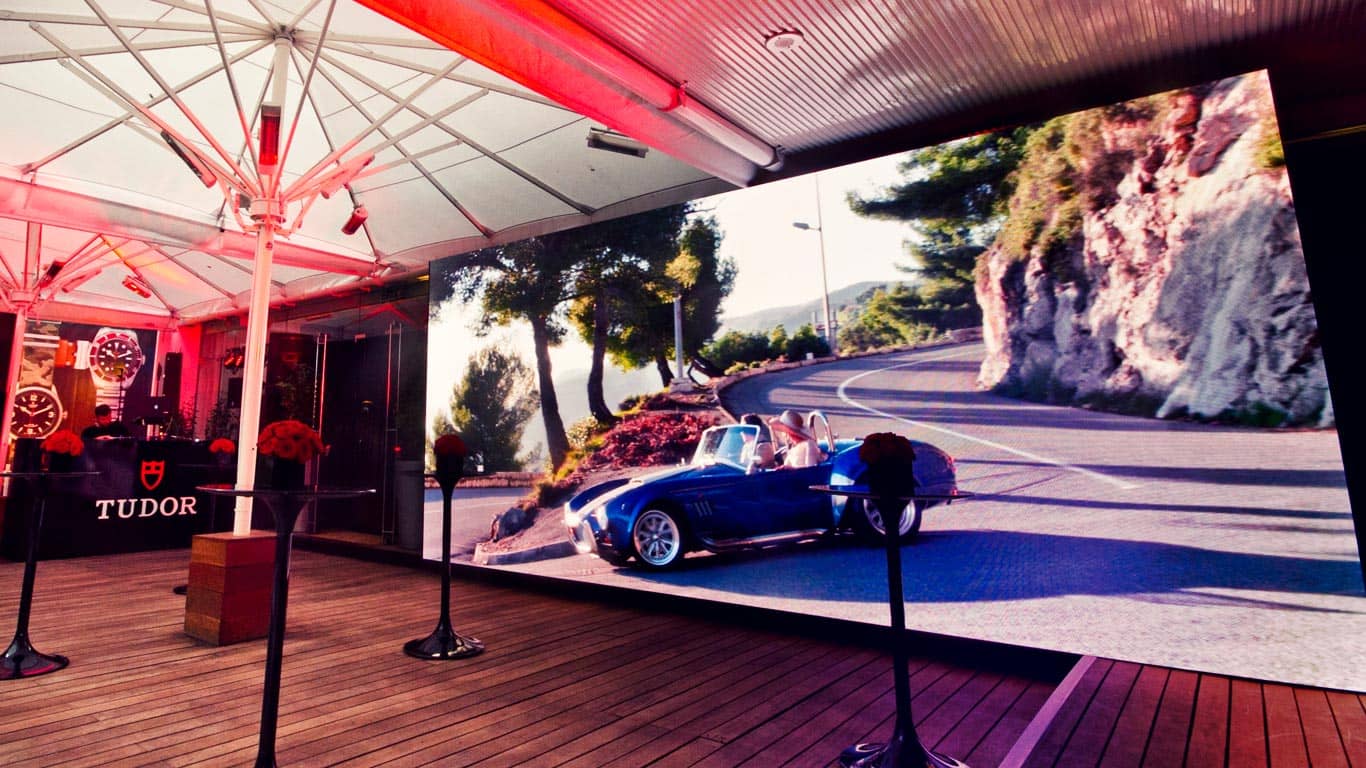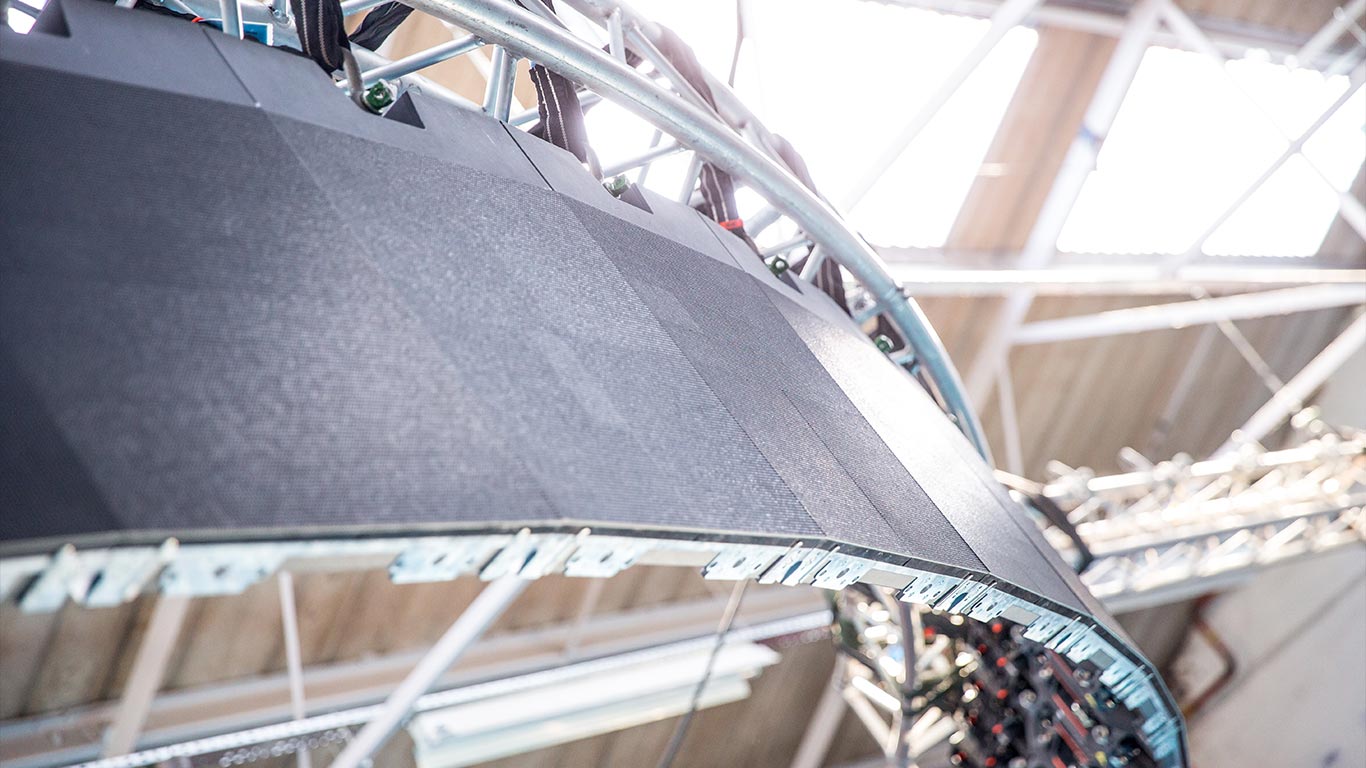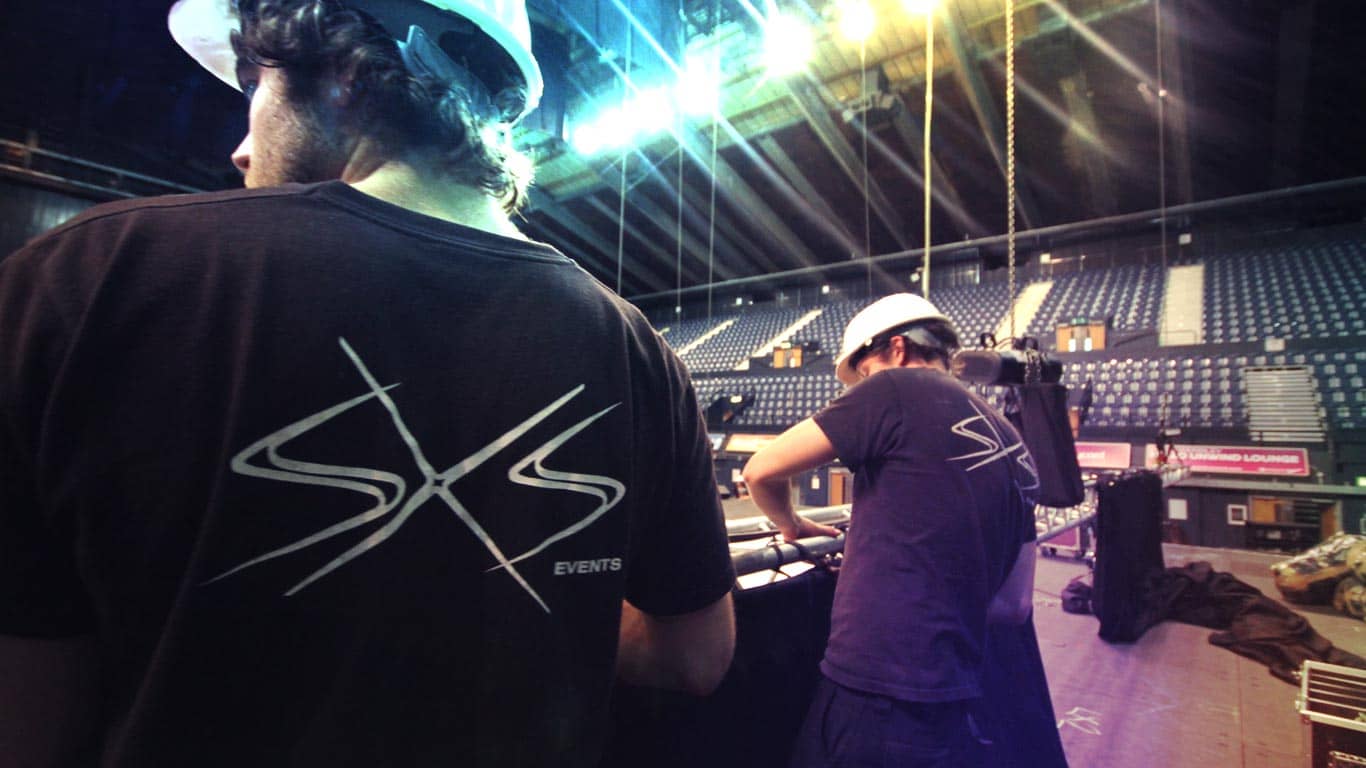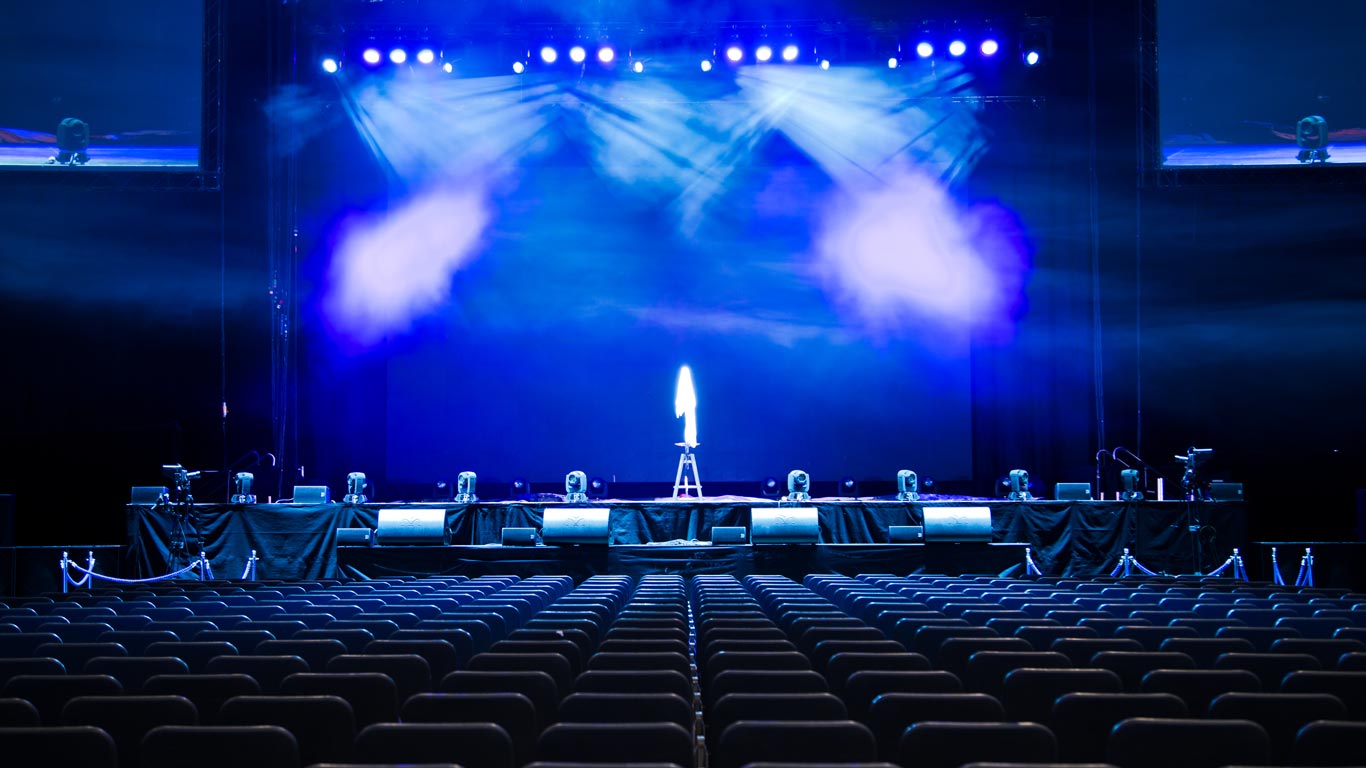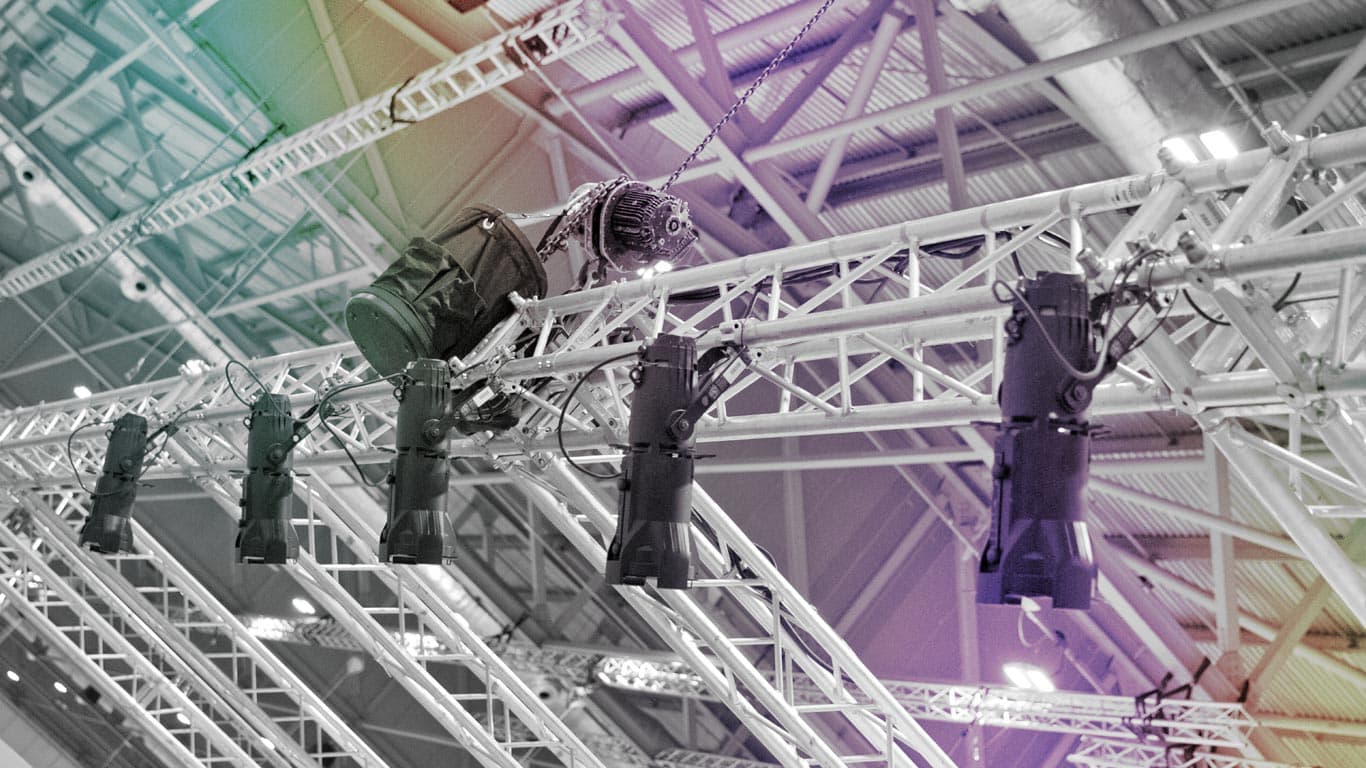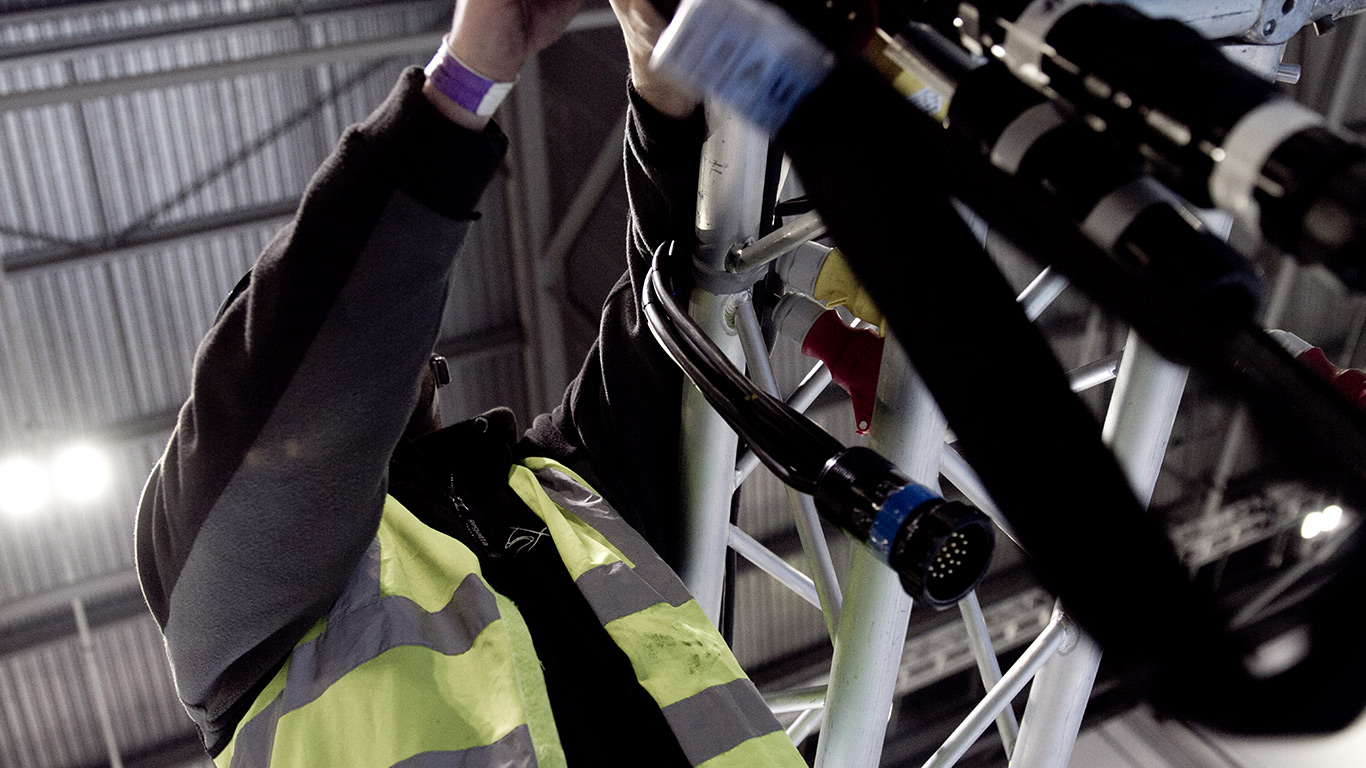Power Distribution for Events - The Basics
It is hoped that this article will give clients and Event Managers a basic headline understanding of power distribution at events. This article should help the reader to develop some understanding of the key issues as well as some common mistakes.
This article is directed towards lay people to enable them to easily understand it. I have omitted in-depth technical information as this is probably not helpful at this stage and is more likely to be of interest to a power technical. Consequently, this article should not be criticised for lack of technical detail.
Why Power?
Electricity is the only form of energy used to deliver power to a variety of appliances.
Mains Power
'Mains' refers to power from 'the grid'. The grid is the national power network of power lines, substations, transformers etc. This is where the electricity comes from which delivers power to people's homes.For events we always aim to use mains where possible. The reason for this is that it is reliable in the UK (not always the case in other parts of the world), readily available and has a very low unit-cost compared to installing generators.
Many event locations have ample power coming into a building, but a common issue is that there is not an appropriate method of attachment to the existing system. I am regularly told by site managers that 'there is loads of power' but this does not help when a specific type of connection is required. In these cases it is often possible to negotiate for a dedicated power socket to be installed as this is frequently cheaper than hiring generators. Having a socket installed requires various considerations, such as distance from the power distribution board, gaining approval from landlords, agreeing on who is covering the cost and sometimes even permission for use in listed buildings (in the UK).
Wall Sockets
Wall sockets do not deliver large amounts of power (UK sockets allow a draw of 13amps - enough to power three typical theatre lights). The phrase 'there is loads of power' is not always accurate for power use at an event. A large number of sockets is not what is needed for medium to large productions due to the manner in which power is distributed with professional production equipment. Please contact our team so that we can speak to your venue about power and we will find a suitable solution for your specific needs.
Generators
Generators are devices that produce electricity on their own without the need for attachment to the main grid. In most cases generators are a diesel engine attached to a dynamo. You may have seen a dynamo that attaches to the wheel of a bike to power the bike light. Dynamos in generators are much larger. The basic engineering principles behind generators are simple and long-established but many generators have sophisticated control and synchronisation systems.
As generators are powered by a diesel engine, they are generally reliable. However, it is always sensible to have a back-up in case of failure. Uninterrupted and reliable power is essential for events and a generator breakdown, although unlikely, can mean failure of lighting, catering, audio, tills etc.
Therefore, I would always advise clients to have a backup 'set' (the name for the generator unit) and would insist upon it if our company is providing the generators for essential parts of an event.
There are several ways of having a backup system. The most effective and reliable is using two generators in synchronisation. This means that both generators work together to create electricity. If one set fails the power continues without any gap in the continuity of the event. This is our preference but requires the use of modern generators with a skilled operator.
The second option is using an 'AMF' or switch-over panel. These systems detect when one generator has failed, starts the other, and switches the power over. These are ideal for building sites or other locations where 'clean', consistent power is not vital. For events these are in my view best avoided as it is essential that technical equipment is checked over by a skilled technician before being turned on again. A lot of equipment (especially audio and IT equipment) needs to be turned on in the correct sequence to avoid any problems.
The third option is a manual change-over. This simply means having one generator working and another sitting next to it, but not connected. With this arrangement a technician needs to manually move all attachments from one generator to the other. If done properly this is a safe and thorough system, but can result in downtime of anywhere from 1-15 minutes depending on the size of event.
As with all production design, it is necessary to choose an appropriate solution based on all factors such as budget, time, space, available resources, the nature of the event and the importance of each aspect of the event.
Battery Power
Our team recently had a brief from a client to manufacture a high-power mobile sound system to be moved around a shopping centre without any cabling. To do this we used an array of “leisure batteries†(similar to car batteries) with an inverter (device that provides mains power from a low-voltage system). This was an effective system that allowed for 12 hours of performance without any cables.
Battery power can be considered for some applications but only where it is very difficult to access mains power.
How Much Power do I need?
The answer to this question is determined by the specific needs of an event. As a power distribution contractor we ask clients to list as many of the items or areas that require power and how much power is needed. Our calculation model then gives us an indication of the maximum power requirements for an event. We have had a great deal of experience in this area and suggest you speak to our team to discuss this in more depth.
Water, Weather and IP Ratings
Needless to say, water and electricity don’t make good bed fellows. For all outdoor or covered events in the UK special consideration must be given to water and the risks it poses. Firstly it should be assumed that a torrential down-pour is possible at any time of year. This assumption has led us to ensure all outdoor equipment is rated to a level that it can withstand this.
Equipment that is used outdoors (i.e, subject to the elements or ingress from the elements) should have an appropriate IP rating. IP ratings relate to how well electrical equipment can withstand dust and water. A minimum requirement for outdoor use is IP55. Any equipment without this rating should not be used outdoors as it can present a real risk of electrocution or at the very least a power failure.
Single phase and Three phase
To understand what phases are and how they work you need to have an in depth knowledge of electrical theory. For the purpose of general understanding it is important to know that single phase power is one lot of power, whereas three phase works like three lots of power from one socket.
So a 63 amp single phase supply can only provide 63 amps. A 63 amp three phase supply can provide up to 189 amps of power. The size of cable and connectors between both these supplies is similar. Three phase is more commonly used as it is a more efficient way of distributing power as all three phases share the same earth and neutral, which means less copper, less weight and one cable instead of three.
Generally speaking event power is provided on connectors which are known as 'cee-form', 'commando sockets' or defined by their current rating. These connectors come in ratings of 16amp, 32amp, 63amp and 125 amp. Single phase connectors are blue and three phase connectors are red. If a power supply is defined by a current rating that is not one of these numbers then the reliability of that information should be questioned.
For power supplies above 125 amps systems such as Powerlock are used and typically provide up to 400 amp three phase (1200 amps total). Â This type of equipment is very specialist and only used for projects where very large amounts of power are being used such as arena concerts and large marquee events. SXS hold a wide range of power distribution equipment amounting to many kilometres of cabling.
Breakers
Breakers work in the same way as a fuse – if current beyond their rated amount is drawn they will 'trip'. This causes the power to that supply to cut out immediately to avoid any damage or danger.
The reason breakers are used is to protect equipment and cabling. If too much current is drawn cabling can overheat and catch fire.
Breakers can be tripped because of over-loading, but also because of a 'short' in a system, including light bulbs blowing. Breakers tripping are not uncommon and in a well-designed power distribution system should not cause major issues - as each area should be isolated.
From our experience we have found that it is often catering equipment and catering areas that cause power to trip most frequently. Consequently we tend to isolate these areas from other power users such as audio, lighting, IT, tills etc.
RCDs
An RCD is probably the single most important safety device in an electrical system. RCD stands for Residual Current Device and will 'trip' in the same way as a breaker when triggered. RCDs work by detecting when current has gone astray from a system by looking for a current difference between the active and neutral supply within a supply. This situation can occur when there has been a fault and current is feeding to ground (or into a person).
RCDs come in different sensitivities (30mA, 100mA and 300mA for most applications) and this sensitivity relates to how much current has to be disappearing before they trip. In the UK any power supply that is feeding appliances in contact with people should have a 30mA RCD on it. This means that if more than 30mA is going astray the power trips.
RCDs and breakers are often combined into the same unit.
Earthing
Earthing is another very important safety function within power and it also plays a unique role with audio equipment.
An 'earth' is essentially an additional wiring system that runs throughout a power system that ultimately connects into the ground via long copper rod, underground grid or similar.
The idea behind an earth is that if there is a power fault the current will be directed into the ground rather than into people. In such a case an RCD or breaker should trip, indicating to the user there is a problem that needs investigating.
Often the cable route from appliance to ground can be very long and contains a great deal of resistance. For this reason we conduct a routine called “earth impedance testing†which measures to ensure the route to ground is good. This is an essential part of the 'sign off' process once equipment has been installed.
Sign Off
A competent power contractor will provide an installation sign off upon completion of their work. This is an important process and acquiring this documentation is vital for an Event Manager.
The process checks that each area has been installed correctly in a formulated and thorough checklist approach. The signature states that all equipment has been installed properly and safely.
PAT Testing
PAT stands for Portable Appliance Testing. This is an annual test procedure that should be carried out on all equipment that distributes or uses electricity. This applies to all electrical items both at events and in commercial environments such as offices or warehouses.
Upon completion of a test an appliance should have a sticker attached stating the date of the recent test, when the next test is due and who did the test. This should also be logged in a database so that a full report of all assets can be provided upon request. Some operators may choose to use a barcode system that allows them to recall the test history for an item.
At SXS we apply new stickers whenever a test is done. This shows test date, re-test date, product code, product unique identifier, and who conducted the test. Our stickers also have a printed barcode to allow us to scan the item in our system to see its past tests. Our custom-made test database is part of our integrated company intranet and allows staff to access all data when onsite.
On occasion an item may fail a PAT test, in which case it is typically repaired immediately and re-tested. Sometimes a piece of equipment can be condemned and disposed of.
PAT testing is a legally binding safety procedure as it will flag up faults that are not obvious in normal use (in particular a faulty earth bond). However this is an annual test and only states that the equipment was compliant on the test date – much the same as an MOT (annual car test in the UK).
Visual inspections take place at every use of equipment with a subsequent reporting procedure and are vital. All our staff are trained to look out for visual faults and remove the item from stock for immediate repair and re-test.
Safe management of equipment requires annual testing, visual inspection at every use and, most of all, experienced staff and an open culture with a focus on safety.
Power, Current and Volts
These are complex and highly technical due to factors such as impedance and voltage drop. But for the purpose of a general understanding it may be a useful non-technical explanation:
- Power – The relationship between volts and amps. This is how much actual energy is being used. Power is measured in watts, kilowatts and is sometimes expressed in kVA (beyond the scope of this article). Watts can be translated into calories as both are a unit of energy used. Power is determined by how much and what is plugged in. Sometimes a supply may refer to watts; in which case the provider is suggesting what the maximum is that can be taken from the supply. A kettle may use 2000 watts, a TV 100 watts, a desk lamp 20watts, a powerful theatre light 2000 watts or a large followspot 7000 watts.
- Volts – Volts are what come out of a socket. What is plugged into the socket does not have an impact on voltage. The volts are forced through an appliance. Sometimes voltage drops (usually due to long cable runs) which can have a range of implications.
- Amps – Amps are a measure of current and mostly relevant to equipment used for power. Cable and connectors are generally defined by how much current they can safely handle.
People often define electrical systems in amps or watts.
If volts drop, amps go up. It is important to allow excess capacity in equipment to withstand an increase in amps (current).
Johnny Palmer is the founder and MD of SXS events. Click HERE to read more of his articles regarding events.
- Click here to read an overview of event rigging.
- Click here to read an article advising on event budgets during the recession.
- Most of these articles are also available on Google+ via Johnny Palmer's Google + Profile

























